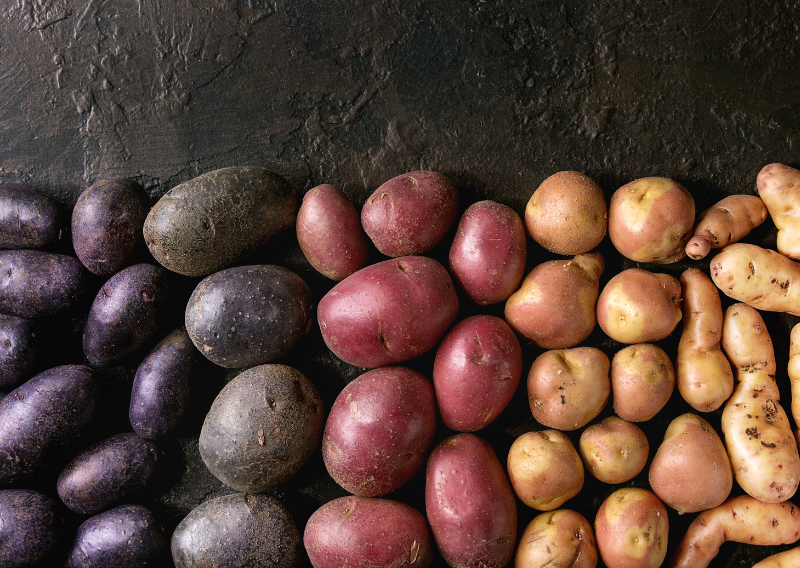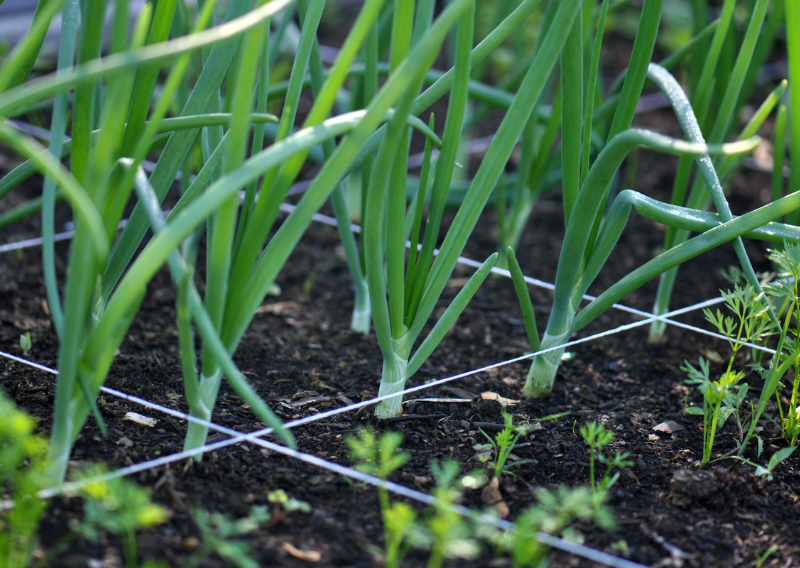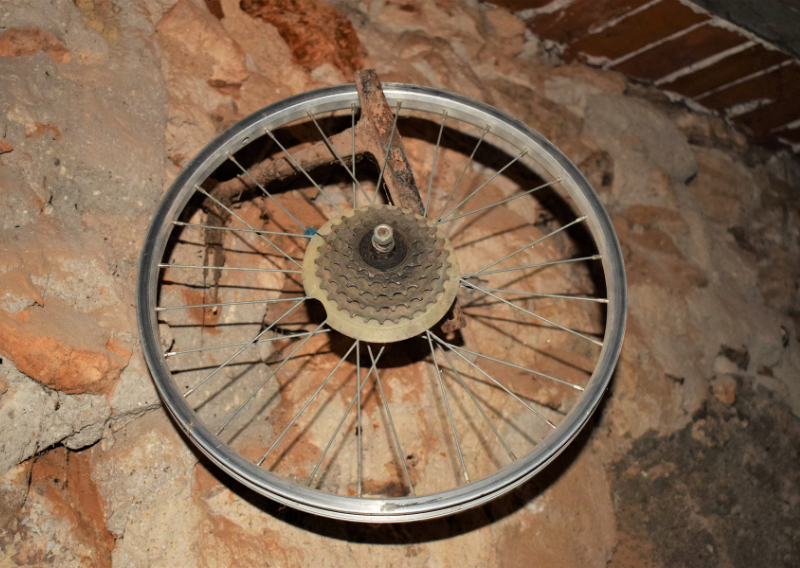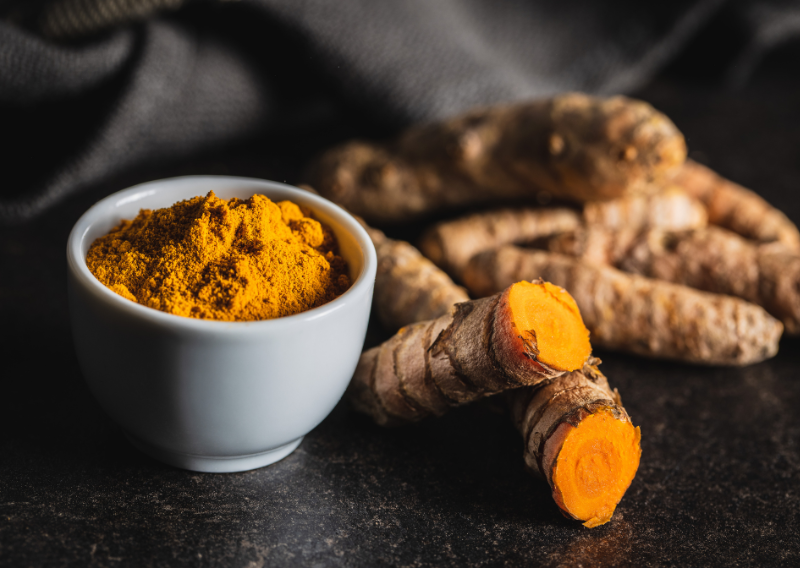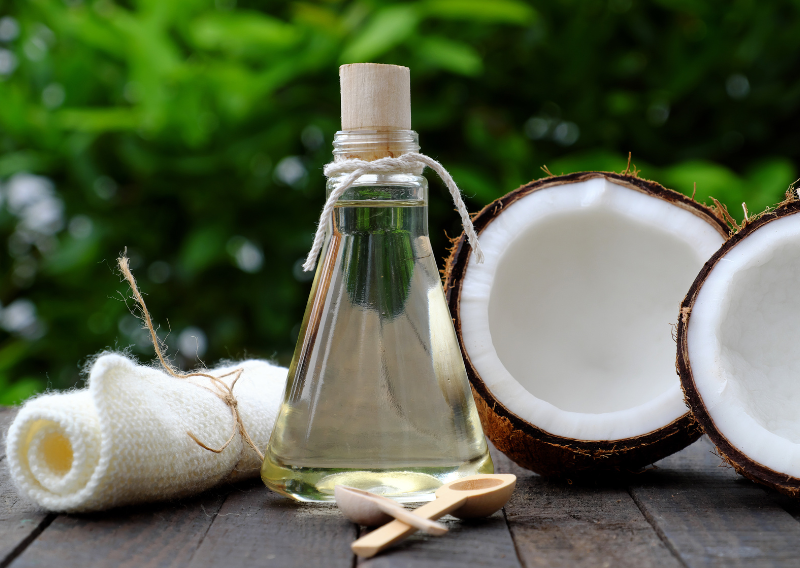
DIY Skincare: How to Make Homemade Radiance Cream for Glowing Skin
Hello, gardeners! Today, I’m going to share a page from my personal journey. A journey filled with the soothing essence of coconut cream, rosemary, the calmness of lavender, and the healing touch of calendula, all culminating in a luscious DIY cream that’s been our savior.
Living in the UK, with the brutality of winters, me and my fiance used to suffer from dry, chapped hands. Other family and friends also suffered from acne and irritated skin so I thought there had to be something in my garden that would help our concerns.
One day, while walking in my garden, (which I always do – you know that) I looked at the flourishing rosemary bush and a thought struck me. For some unknown reasons, it came to my mind that combining coconut oil with medicinal oils like rosemary, lavender, and calendula would help me create my own cream.
And so I tried!


Build Your Own Beauty – Key Ingredients for Your DIY Skincare Cream
- Store-bought coconut oil
- Homegrown rosemary, lavender, and calendula oils
- E-oil for extended shelf life
Creating your skincare concoction is a straightforward process, offering plenty of benefits:
- Say goodbye to store-bought creams and their baffling ingredients.
- Welcome nature’s gifts that your skin will love.
- Enjoy the pleasure of utilizing fresh, homegrown ingredients.
Ready to dive into the world of DIY beauty? Follow my easy recipe to create your very own Homemade Radiance Creams.
ROSEMARY CREAM
500ml virgin pure coconut oil
2 tbsp rosemary oil (3-4 if you prefer)
1 tbsp E-oil
optional: 5 drops of any essential oil you prefer
ROSEMARY OIL
dry rosemary
castor oil
fill up a jar with rosemary and top up with castor oil
let it infuse for around 3-4 weeks
it will last one year or more
keep it in an airtight container
we’ve chosen castor oil as it’s an antibacterial and it also deep penetrates the skin. Iasmina is using it also to help with ovary pain and aid in the management of PCOS and Endometriosis.
Mixed with rosemary they both have 5 times the usual rate of boosting hair growth.
Iasmina massages her scalp with this cream and keeps it on overnight to improve her hair growth.
LAVENDER CREAM
500ml virgin pure coconut oil
2 tbsp lavender oil (3-4 if you prefer)
1 tbsp E-oil
optional: 5 drops any essential oil you prefer
LAVENDER OIL
dry lavender flowers
argan oil
optional: essential oil
fill a jar with lavender flower stems including if you want and top it up with argan oil
let it infuse for around 3-4 weeks
it will last one year or more
keep it in an airtight container
we’ve chosen argan oil as mixed with lavender can reduce inflammation increases skin elasticity and it has a great perfume
This is also one of the 3 creams that we prefer to use as a hand cream for beauty purposes more than medicinal.
CALENDULA CREAM
500ml virgin pure coconut oil
2 tbsp calendula oil (3-4 if you prefer)
1 tbsp E-oil
optional : 5 drops of any essential oil you prefer
CALENDULA OIL
dry calendula flowers
olive oil
optional: orange essential oil
Fill a jar with calendula flowers and top it up with olive oil
let it infuse for around 3-4 weeks
it will last one year or more
keep it in an airtight container
We’ve chosen olive oil because it helps relieve dry skin and like calendula it helps with eczema and psoriasis for us it’s just the perfect combo but you can use any oil that you prefer.
This cream is our favourite as a hand or body / face medicinal cream as it helps a lot especially Iasmina with her acne and rushes.
STEP BY STEP
- in a double boiler melt the coconut oil
- you can use virgin coconut oil or cold compress coconut oil any other coconut oil is fine but it won’t give the same texture
- of the fire add the E-oil (keeps it preserved)and one of your chosen herbal oil
- optional: if you prefer a strong fragrance add some drops of essential oil
- remember that this cream is not edible
- mix the ingredients well
- let it cool until completely hard
- now slowly break it with a spoon and then use a hand mixer to whip it up
- once reached a creamy consistency add to an airtight jar or any jar that you prefer.
- it lasts long as it says on your coconut oil container when you bought it
TIP: if your coconut oil is liquid it won’t whip, or if it’s hard and you’re still not reaching the consistency you like, keep it in the freezer for a few minutes so it sets again, and then whip it again.
The Magic of Coconut
This creamy natural extract, crafted from the flesh of ripe coconuts, is a potent ingredient filled with nourishing fats, vitamins, and minerals. As I delved deeper, I learned that not only did it hydrate the skin, but when combined with other powerful ingredients like rosemary, calendula, and lavender, it created the perfect DIY hand cream.
Whipping the Coconut Cream: Why Do We Do It?
Whipping the coconut oil is a critical step in our DIY cream-making process. Typically, the fat molecules in coconut oil are too large to penetrate the pores, leading to the oil remaining on the surface of the skin. However, when whipped, these molecules break down, transforming the oil into a creamy consistency that’s easily absorbed by the skin.
At last, you have your homemade radiance cream! Like all our DIY creations, these creams make wonderful gifts for friends and family.
So here’s to celebrating the power of DIY and the magic of gardening. Here’s to glowing, soft, nourished skin and hair naturally.

